Experience the electrifying world of jazz fusion jam sessions, where boundaries between musical genres dissolve into a symphony of creativity. These dynamic gatherings bring together musicians from diverse backgrounds, blending improvisational freedom with intricate arrangements to craft unforgettable performances. While traditionally rooted in jazz, fusion sessions often incorporate elements of rock, funk, and world music, creating a unique auditory experience that challenges conventions and invites audiences to explore new sonic territories. Whether you’re a seasoned musician or a curious listener, jazz fusion jam sessions offer a thrilling opportunity to witness musical innovation firsthand. In this definitive guide, we’ll delve into the origins of these sessions, address common misconceptions, and provide actionable tips for attendees. From discovering local events to mastering the complexities of playing fusion music, this comprehensive exploration will leave you with a deeper appreciation for the genre’s evolution and its enduring appeal.
Key Takeaways
– Jazz fusion playing requires mastering complex rhythms, advanced harmony, and improvisation to create expressive music.
– Complexity in jazz fusion is evident in pieces like John Coltrane’s “Giant Steps,” known for its challenging chord progressions and rapid tempo.
– Steely Dan is a cornerstone of jazz fusion, blending rock, jazz, and classical elements into intricate, melodic compositions.
– Understanding jazz fusion basics demands a strong grasp of musical theory, ear training, and the ability to adapt to diverse styles.
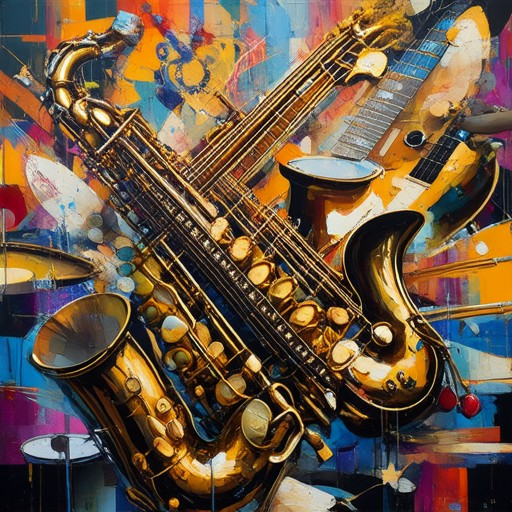
Why Was Jazz Fusion Controversial?
Jazz fusion emerged in the late 1960s and early 1970s as a genre that blended jazz with elements from rock, funk, and even classical music. While initially embraced by many musicians and fans, it sparked significant controversy within the jazz community due to its departure from traditional jazz forms and its integration of outside musical influences.
One of the primary reasons for the controversy was the perception that jazz fusion strayed from the essence of jazz. Critics argued that the genre prioritized innovation and commercial appeal over the intricate improvisational structures and emotional depth traditionally associated with jazz. [1] This tension between innovation and tradition became a central debate within the jazz community.
Pioneers like Miles Davis , John McLaughlin , and Herbie Hancock were at the forefront of the fusion movement. Albums such as A Tribute to Jack Johnson and Maiden Voyage exemplified the genre’s potential, though they also drew criticism for their departure from conventional jazz techniques. [2] [3]
The controversy extended beyond musical style. Fusion bands like Weather Report and Return to Forever pushed boundaries, incorporating elements of progressive rock and world music, which further alienated those who viewed these deviations as dilutions of jazz’s core values. [4] The use of synthesizers and longer-form improvisations also raised concerns among purists who believed these elements compromised the integrity of the genre.
Additionally, the cultural shifts of the 1960s and 1970s played a role in the controversy. Fusion reflected a broader movement toward experimentation and commercial viability in music, which some viewed as a sellout. [5] The genre’s association with rock and funk further complicated its reception within the jazz establishment.
Despite the backlash, jazz fusion found a dedicated following and influenced numerous musicians who appreciated its boundary-pushing nature. Over time, its impact on contemporary jazz, funk, and rock has been acknowledged, even by those who initially dismissed it. [6]
In summary, jazz fusion was controversial due to its deviation from traditional jazz norms, incorporation of external influences, and the broader cultural shifts it represented. While it faced criticism from purists, it also fostered significant artistic innovation and remains a pivotal genre in modern music history.
What is a Jam Session in Jazz?
A jam session in jazz is an informal gathering where musicians come together to play and improvise music, often extending beyond the structured arrangements of formal performances. These sessions typically occur after hours, hence the term “after-hours jam.” They are a cornerstone of jazz culture, fostering creativity and collaboration among musicians.
Origins of the Jam Session
The concept of a jam session can be traced back to the late 19th and early 20th centuries, when New Orleans-based musicians would gather in bars and clubs to play freely after their scheduled performances. These spontaneous gatherings allowed for experimentation and the exploration of musical ideas that couldn’t always be accommodated in rigid setlists.
Types of Jam Sessions
- After-Hours Jams : These are typically small group settings where musicians share leads and solos, often featuring a rhythm section (bass, drums, piano) and a frontman or horn player.
- Jam Bands : Larger ensembles, such as those led by artists like Miles Davis or John Coltrane, would sometimes engage in extended improvisational solos and group interactions.
- Freeform Jams : More casual and less structured, these sessions might involve anywhere from two to ten musicians, playing a variety of styles and genres.
The Cultural Significance of Jam Sessions
Jam sessions are not just about technical skill; they are a social and creative outlet that reflects the collaborative spirit of jazz. They provide a space for musicians to push boundaries, take risks, and explore new directions in music. Over time, these sessions have inspired countless musicians and continue to influence the evolution of jazz.
Why Are Jam Sessions Important?
Jam sessions are essential for developing improvisational skills, encouraging musical dialogue, and preserving the oral tradition of jazz. They allow for the exchange of ideas between generations of musicians, ensuring that the genre remains vibrant and evolving.
By participating in or attending jam sessions, musicians and audiences alike gain a deeper appreciation for the spontaneity and artistry that define jazz. These gatherings are a testament to the enduring legacy of this unique musical form.
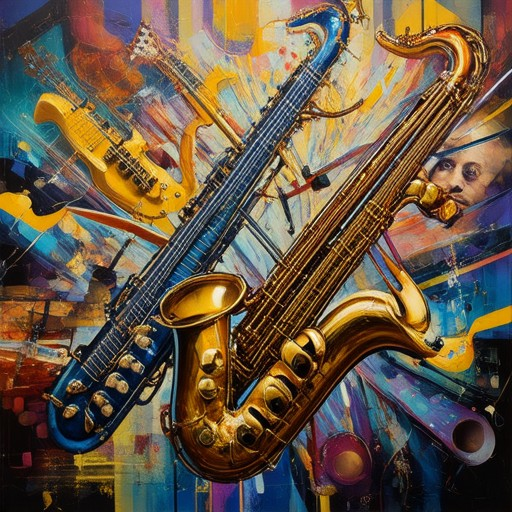
How to Find Local Jam Sessions
To discover local jam sessions, consider the following organized approach:
- Ask Friends and Colleagues:** Inquire among friends, family, and colleagues who enjoy music. They may know about or attend local jam sessions.
- Engage on Social Media:** Follow music-related accounts on Instagram, Facebook, and Twitter. Look for hashtags like #LocalMusic and #JamSession to stay informed.
- Utilize Event Platforms:** Check platforms like Eventbrite and Ticketmaster for local music events. These sites often list nearby jam sessions.
- Explore Online Communities:** Join Reddit communities focused on music, such as r/LondonMusic, to find discussions about upcoming jams.
- Visit Venue Websites:** Check the websites of local music venues like The Jazz Club and The Blue Note, which frequently host jam sessions.
- Attend Festivals and Fairs:** Keep an eye on local festivals and fairs, which often feature emerging artists and jam sessions.
- Use Music Streaming Services:** Platforms like YouTube Music may offer a “Nearby” feature to discover local bands and their performances.
- Join Online Forums:** Participate in forums like Forums.uk or UKMusicScene to connect with music enthusiasts who may share jam session info.
- Check College and University Events:** Local educational institutions often host student jams, so check their calendars for events.
- Network at Open Mic Nights:** Attend open mic events to meet performers and learn about other jam sessions happening in the area.
By combining these strategies, you can effectively locate and attend local jam sessions, immersing yourself in the vibrant music scene around you.
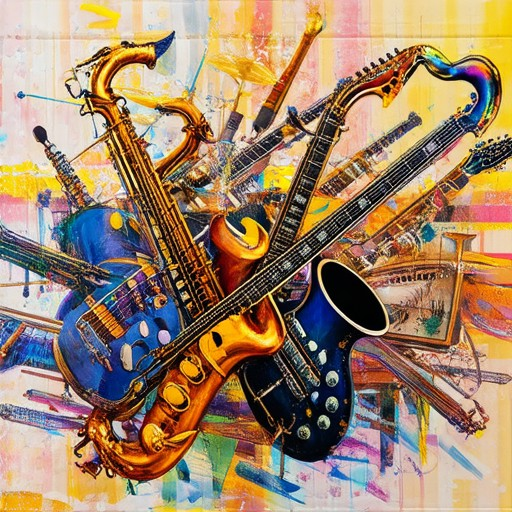
Is Jazz Fusion Hard to Play?
Jazz fusion is indeed considered challenging due to its complex nature and blend of various musical styles. Here are some key reasons why:
- Complex Rhythms: Jazz fusion often features intricate and varying time signatures, polyrhythms, and syncopated patterns, which require exceptional timing and coordination.
- Advanced Harmony: The genre frequently employs extended chords, unconventional chord progressions, and modulations that demand a high level of harmonic understanding and improvisational skill.
- Improvisation: Musicians must excel in real-time improvisation, creating spontaneous melodies, harmonies, and solos that align with the evolving composition.
- Instrumentation and Arrangements: Fusion pieces often combine multiple instruments and styles, requiring players to adapt quickly to diverse sonic environments and arrangements.
- Deep Musical Understanding: A solid foundation in jazz theory, ear training, and musical analysis is essential to navigate the genre’s demands effectively.
Learning to play jazz fusion requires dedication, practice, and a willingness to embrace the genre’s unique challenges. However, with persistence, it becomes a rewarding and expressive art form.
What is the Hardest Jazz Song to Play?
The hardest jazz song to play is often debated among musicians and enthusiasts, but one name consistently rises to the top: “Giant Steps” by John Coltrane. Renowned for its complex harmonic structure and challenging chord progressions, “Giant Steps” is celebrated as a masterpiece of jazz composition. Its intricate melodies and rapid tempo demand exceptional skill and precision from performers.
The song’s difficulty lies not just in its technical demands but also in its harmonic innovations, which push beyond traditional jazz conventions. Coltrane’s mastery of intervallic relationships and his ability to weave these into a cohesive and fluid piece make “Giant Steps” a benchmark for jazz musicians. The track’s length and multi-section structure further add to its complexity, requiring players to navigate multiple layers of musicality.
While other jazz standards like “Take Five” and “Fly Me to the Moon” present their own challenges, “Giant Steps” stands out as a pinnacle of difficulty due to its combination of intellectual rigor and technical demands. It remains a staple in jazz education and a testament to the boundless creativity of Coltrane and his peers.
Explore the rich history of jazz music to dive deeper into this fascinating genre.
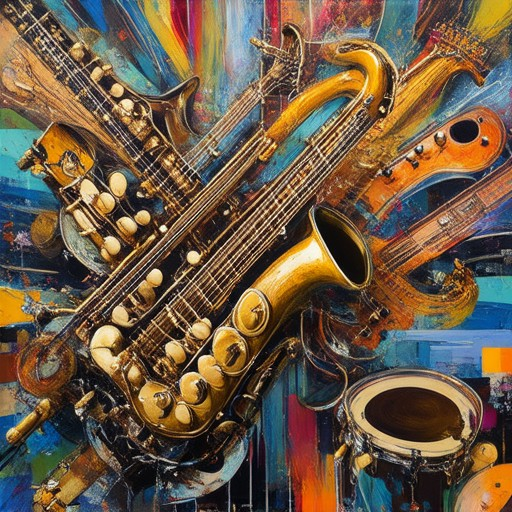
Is Steely Dan jazz fusion?
Yes, Steely Dan is widely recognized as a prominent band in the jazz fusion genre. Formed in 1972, Steely Dan combines elements of rock, jazz, and classical music to create intricate arrangements and melodic compositions.
The band’s primary members, Donald Fagen and Walter Becker, bring a deep-rooted appreciation for jazz influences into their music. Their ability to blend complex harmonies, syncopated rhythms, and lyrical sophistication sets them apart as masterful practitioners of jazz fusion.
Steely Dan’s discography includes notable albums like Aja and Greatest Hits , which showcase their signature style. Their live performances are also celebrated for their ability to recreate studio-quality recordings on stage.
For more information on jazz fusion and related artists, visit our comprehensive guide on Tiger Funk .
Explore our curated list of essential jazz fusion tracks and artists on this page .
To learn more about Steely Dan’s influence on jazz fusion, check out our detailed analysis on their career and legacy .

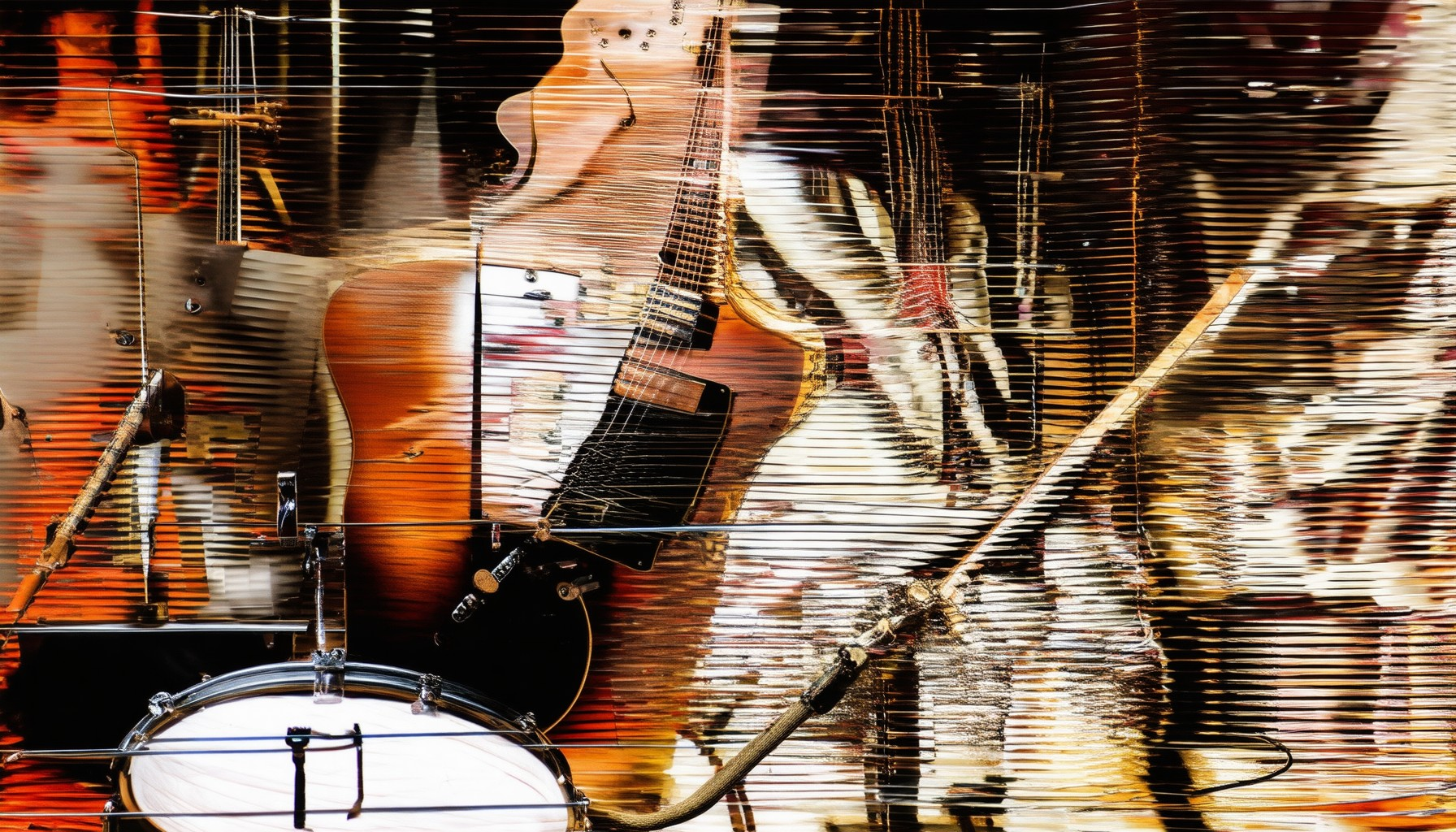

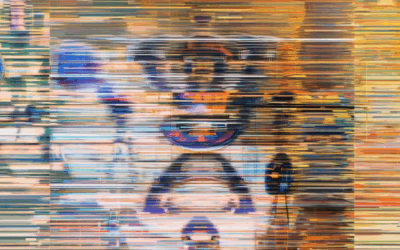
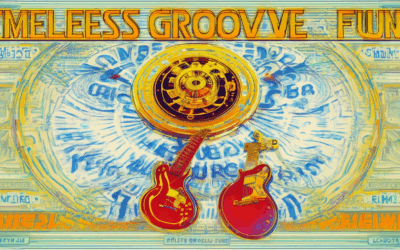
0 Comments